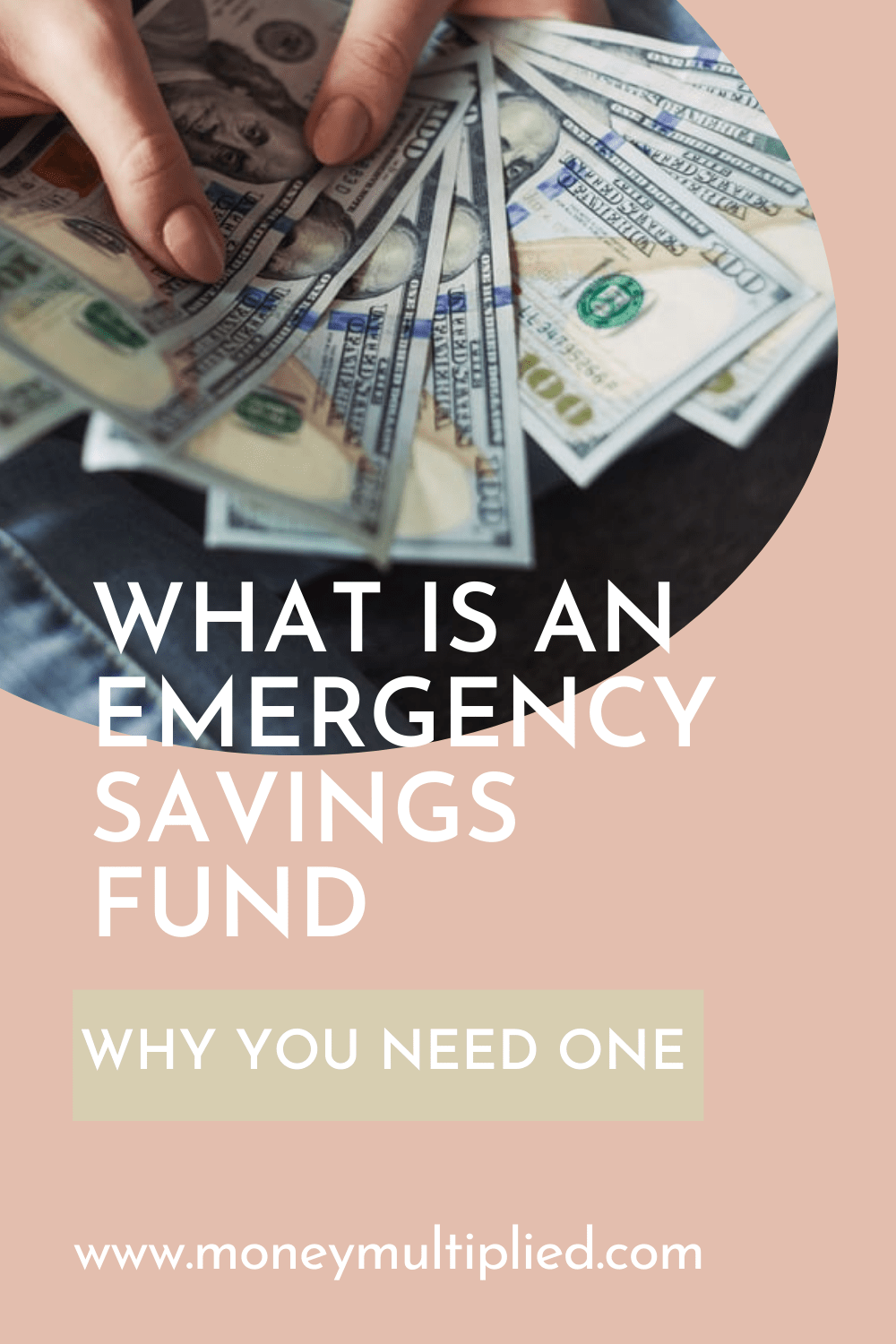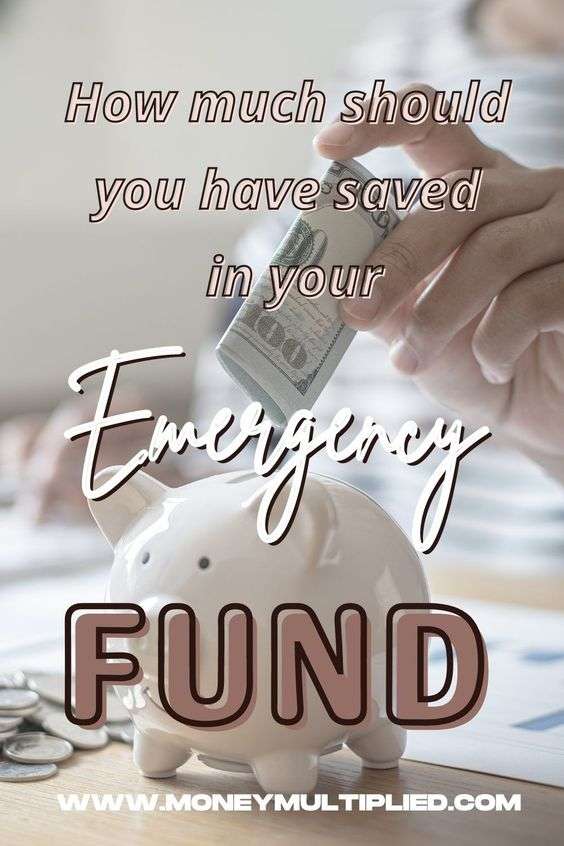
Let’s be real, you need to have an emergency savings fund because today’s economy has just about everyone scrambling.
Problems with the supply chain is causing everything to be more expensive making it difficult to put any money aside.
On top of that inflation is through the roof and so are interest rates. These are the times when it is helpful to have an emergency savings fund.
Being prepared and staying ready so you never have to get ready is the key.
If you are fortunate to be in a position where you have a steady source of income, now is the time to square what money you can aside in an emergency savings fund.

What is an emergency fund?
An emergency savings fund is exactly what it sounds like. It is a savings fund that is to be used solely for the purpose of an emergency.
In a perfect world, you should be preparing for the worst while the economy is doing well. That way, when the economy falls you have a cushion to fall back on should you lose your job and money becomes tight.
Think of this fund as the financial buffer you depend on that is there when you need it the most.
They’re especially important to have because without it you would have to depend on credit cards or take out a loan that you’d be responsible for paying back with interest.
You should avoid borrowing whenever possible. However, there is no shame in doing what you have to do in order to make ends meet.
Why an emergency savings fund is important
Life happens. Period. But you can protect yourself from running into a financial emergency by having a cash reserve set aside specifically for “oh-no” life events like medical expenses, fender benders, car repairs etc.
Having a little extra money set aside for unplanned expenses will provide you with more financial security and peace of mind.
An emergency savings fund is separate from a traditional savings account and should be kept in a High Yield Savings Account (HYSA).
A high yield savings account is easy to access if you need to withdraw or trasfer and these accounts are federally insured up to $250,000 per depositor.
On your road to financial freedom, building this fund is where you should start. Back in 2021 my goal was to have an emergency savings fund of $10,000.
I reached that goal in under a year and I’m so glad that I did because a few months after reaching my goal I lost my job.
Had I not saved I would have had to depend on my credit card to pay bills. Sadly, fewer that 4 in 10 people have enough saved up to pay for an unexpected expense of $1,000 according to this survey from Bankrate.
How much should be in my emergency savings fund?
Although there is no magic number, the only wrong number is $0. However, a good rule of thumb many people live by is having 3-6 months of living expenses covered.
Additionally, you need to consider the people you are responsible for – do you have children? Are you a caretake for your parents? What do they need and how much money will you need to cover their expenses?
Think of the people who depend on you when figuring out how much money you need in your emergency savings fund. Once you’ve calculated the money you need to save, set a weekly savings goal.
Doing so will help you become a better saver and this is a healthy money habit.
Related Content:
How to develop better money habits as a young adult
Strategies for building your emergency savings fund
Don’t focus too much on replacing your entire income for a year. That is an unrealistic goal, and you will likely stress yourself out instead of saving.
Focus on making saving a habit and when you come into some extra money set it aside for a rainy day.
1. Always start with your budget! See what you can cut and where you can save.
Related Content:
How to start a budget as a beginner
2. An easy way to save a little extra money is to use mobile technology. Often used through your mobil banking app, these tools help you save as you spend. When you’re shopping, each transaction can be rounded up and the extra change is sent directly to your bank account. A little goes a long way, even when it is just 30 cents here and there.
3. Save money automatically when you get paid. If your employer offers direct deposit, have a portion of your check go directly into your HYSA. This way the money you see in your checking account on pay day is the money you are actually working with to pay bills and other miscellaneous expenses.
4. If you receive a sizeable tax refund check, save it! I know it can be super tempting to spend on something you really want but think of how your future self will thank you later when there comes a time you need that money.
5. Don’t over save! At the end of the day, you want to have a solid emergency savings fund but you don’t want to save an excessive amount because the money that is simply sitting in your savings account could be used to invest or pay down other debts. Overall, the goal is to have a comfortable cushion.
Bottom Line
Everyone should have an emergency savings fund. You don’t want to have to depend on a high interest loan or credit cards to get yourself out of an emergency.
By setting small savings goals and contributing a little over a long period of time, you won’t have to worry about being faced with a difficult financial decision that can cost you more than you expected.



Great post, we should all prepare for the unexpected when it comes to finances.
As someone who has struggled financially before, I can tell you for a fact that an e-fund is a necessary part of escaping the clutches of poverty. Without it, you’re almost bound to stay in the financial rut forever. Unless you get a lucky break, like win the lotto or something. lol!